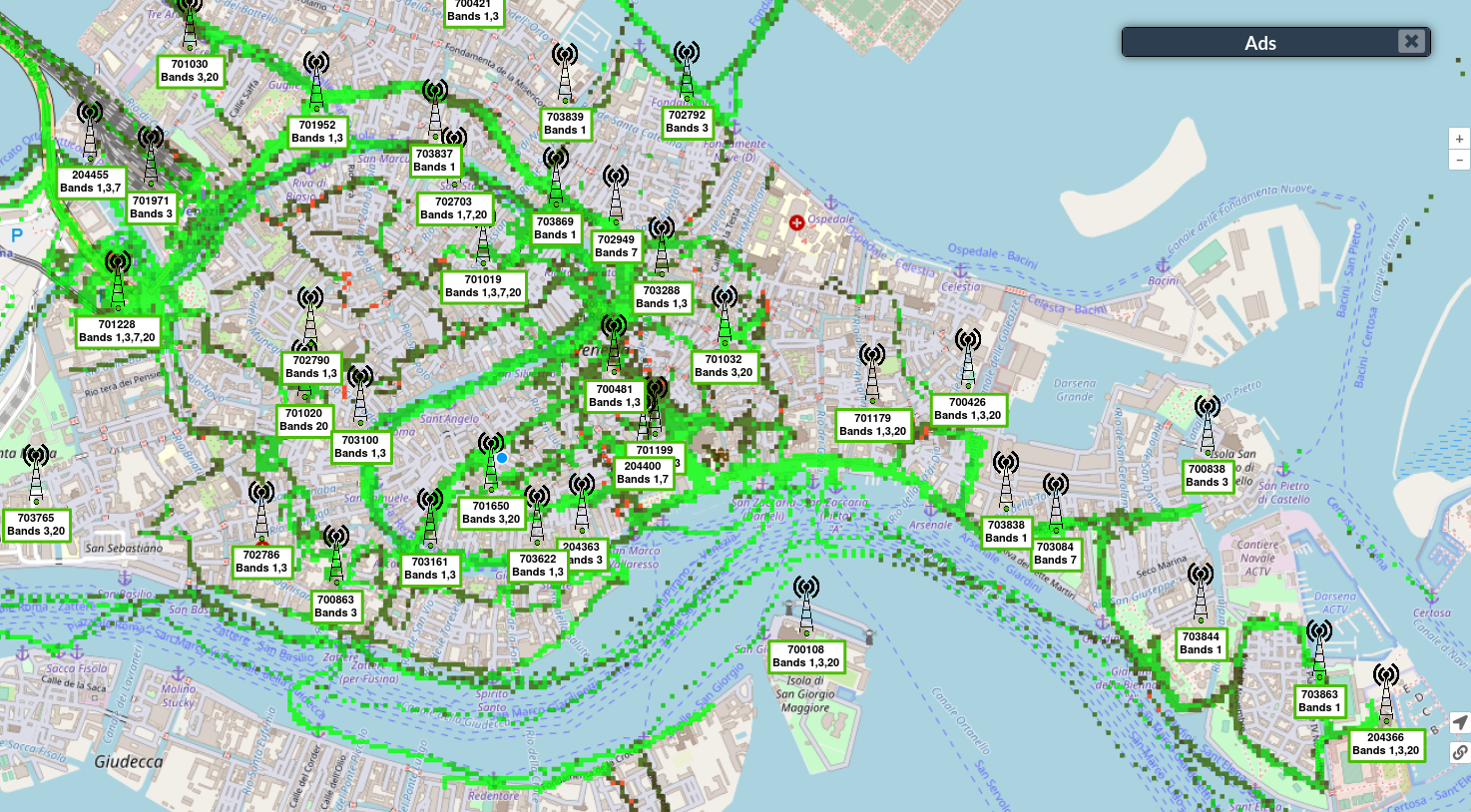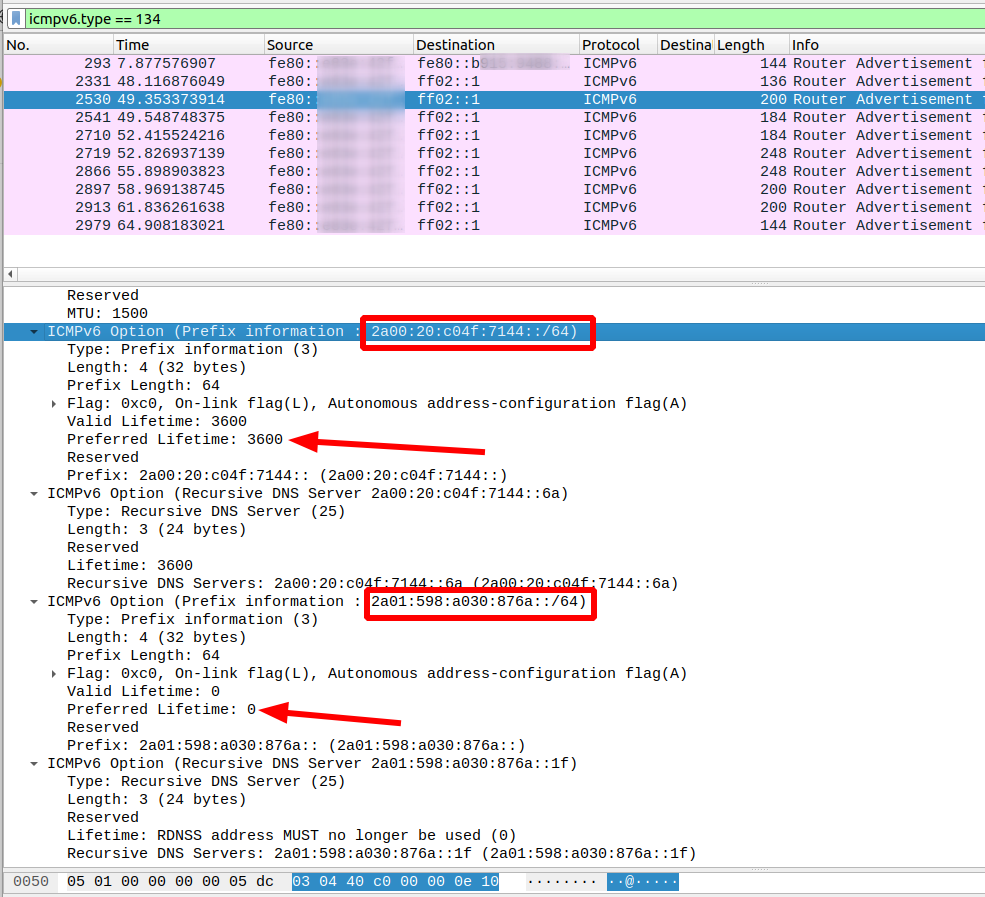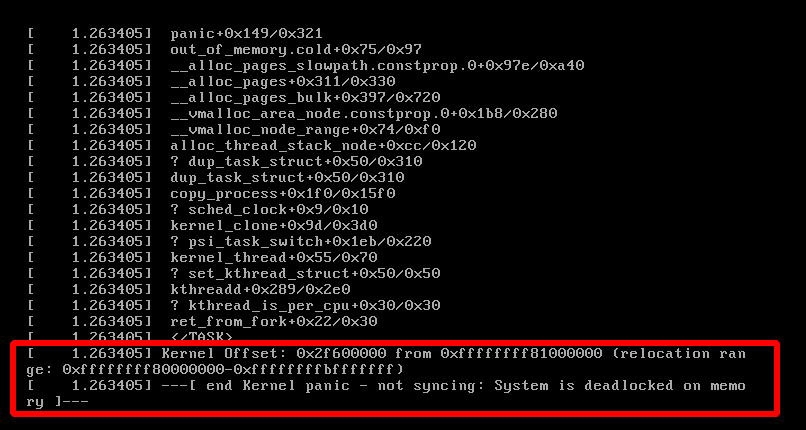Despite running a lot of services in my cloud at home and in a data center, I am very positively surprised that unless I want to actively add, remove or change anything, there is very little intervention required on a day to day basis. That’s because apart from very few exceptions, my security updates are automated or semi-automated with Ansible scripts. But I have noticed that over time, some technical debt has crept up that needs to be dealt with now.
That’s mostly because some of the services I host simply break when updating the underlying operating system from Ubuntu 18.04 to 20.04 (or now perhaps 22.04). Fortunately, all services in question run in virtual machines, so going back to a sane state after a broken update is easy by creating a VM snapshot before the update.
While I don’t mind running some of my services on an older but still supported Ubuntu variant, the lifecycle of Ubuntu 18.04 is coming to an end in 2023. So it’s time to think about what to do for those cases. While that’s of course a bit of a pain point, it also triggers the healthy process of deciding whether its worth to reinstall that service on a new OS version, retire it for good or to look for an alternative.
Continue reading Technical Debt – Renew or Retire?




